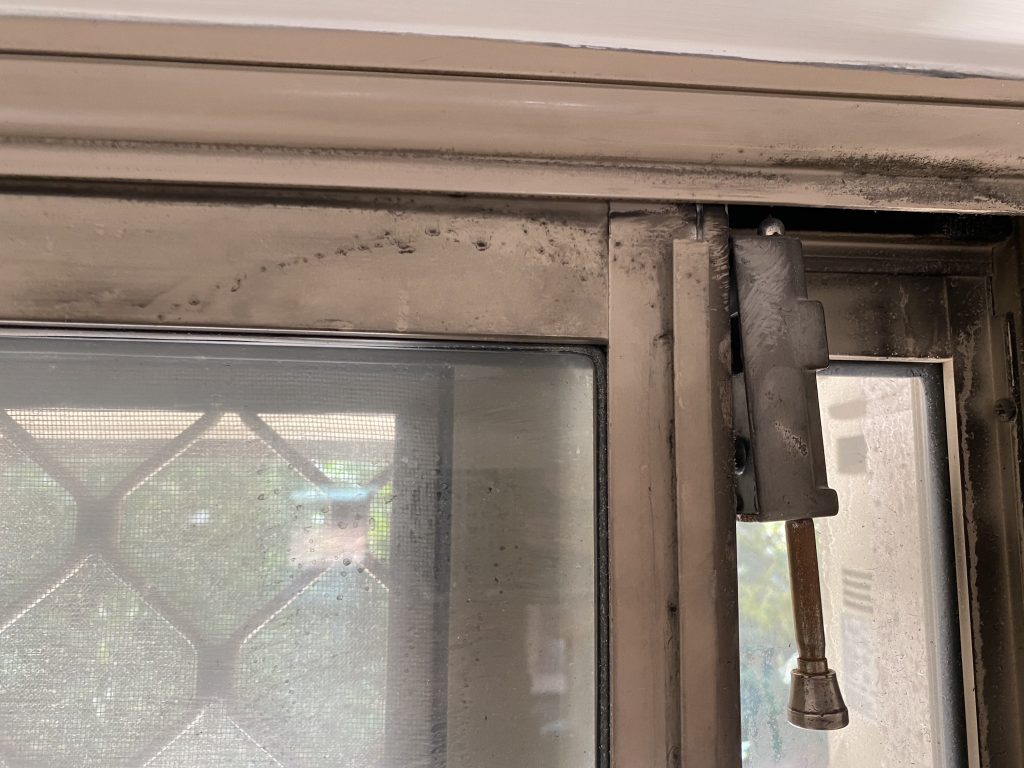For insurance professionals, two metrics are paramount: the cost of a claim and the time it takes to close it. Every additional day a claim remains open, indemnity and operational costs escalate, business interruption periods extend, and policyholder satisfaction declines. While the physical restoration work is crucial, the key to reducing insurance claim costs for restoration lies in the management process that underpins it. An inefficient or poorly documented restoration process is a direct driver of claim inflation. By embracing a transparent, repeatable, and technology-enabled system, restoration partners can move beyond simply fixing the damage to delivering significant financial and operational efficiencies for their clients.
The High Cost of Inefficiency in Restoration
Common process failures can quickly turn a manageable claim into an expensive and protracted affair. These issues directly impact the bottom line and are a major source of frustration for claims managers and loss adjusters. Industry data shows that complex insurance procedures can delay 75% of restoration projects beyond 90 days, and a leading cause of this is process failure.
Some of the most frequent challenges that inflate commercial property restoration costs and timelines include:
- Lack of Early Mitigation: A slow response allows secondary damage, such as water migrating to unaffected areas or smoke and soot setting into surfaces, dramatically increasing the scope and cost of the claim.
- Inadequate Documentation: A lack of clear, real-time documentation is a primary cause of disputes and stalls claim progression.
Effective insurance claim lifecycle management requires a partner who has engineered its processes to prevent these exact problems.
A 5-Step Process Engineered for Mitigating Claims Costs
At TDR, we have structured our service delivery around a 5-step process designed for complete efficiency. This system provides a clear roadmap for every project, ensuring predictable outcomes and mitigating claims costs at every stage.
- Consult, Inspect & Report: We begin with a thorough risk assessment and a detailed inspection to produce an accurate, comprehensive scope of works from the outset, preventing costly variations later.
- Address Immediate Issues: Our rapid response teams take swift, pre-approved action to mitigate further damage, such as water extraction or debris removal. This is the single most effective step in controlling the final claim cost.
- Inventory & Remediate Contents: A meticulous inventory of restorable versus non-restorable items provides clear, indisputable data for loss adjusters, speeding up contents scheduling and settlement.
- Undertake Structural Restoration: Efficient execution minimises associated costs like business interruption, loss of rent, and temporary accommodation for policyholders.
- Perform a Final Inspection: A comprehensive final review, including third-party verification where required, ensures no rework is needed, allowing the file to be closed cleanly and quickly.
The Technology Advantage: Data-Driven Restoration Project Management Insurance
A modern process requires modern tools. TDR leverages an integrated technology stack to provide unparalleled transparency and data-driven insights for our insurance partners. This commitment to technology is central to our approach to insurance restoration project management.
- Technology: TDR’s industry-leading job management system gives claims managers and adjusters real-time, transparent visibility into project progress, costs, and compliance without needing to constantly request updates.
- Microsoft Power BI: We use this powerful business analytics tool for internal performance monitoring, demonstrating a sophisticated commitment to data-driven efficiency and tracking KPIs, a methodology that resonates with our corporate insurance partners.
Strengthening Insurance Builder Partnerships
This process-driven approach creates powerful downstream benefits, particularly for insurance builder partnerships. A common point of friction in the claims process is the handover from the restorer to the builder. Our rigorous, documented process ensures the site is made safe, verifiably dry, and correctly prepared for the build phase. This seamless handover reduces risk and delays for the builder, helping them complete repairs on time and within budget, which ultimately saves money on the total claim cost and strengthens trust among all stakeholders.
The true value of a modern restoration partner is a transparent process that delivers predictable outcomes, data-driven accountability, and lower total claim costs. By focusing on a systematic approach, TDR provides a superior solution for reducing insurance claim costs on restoration projects.


